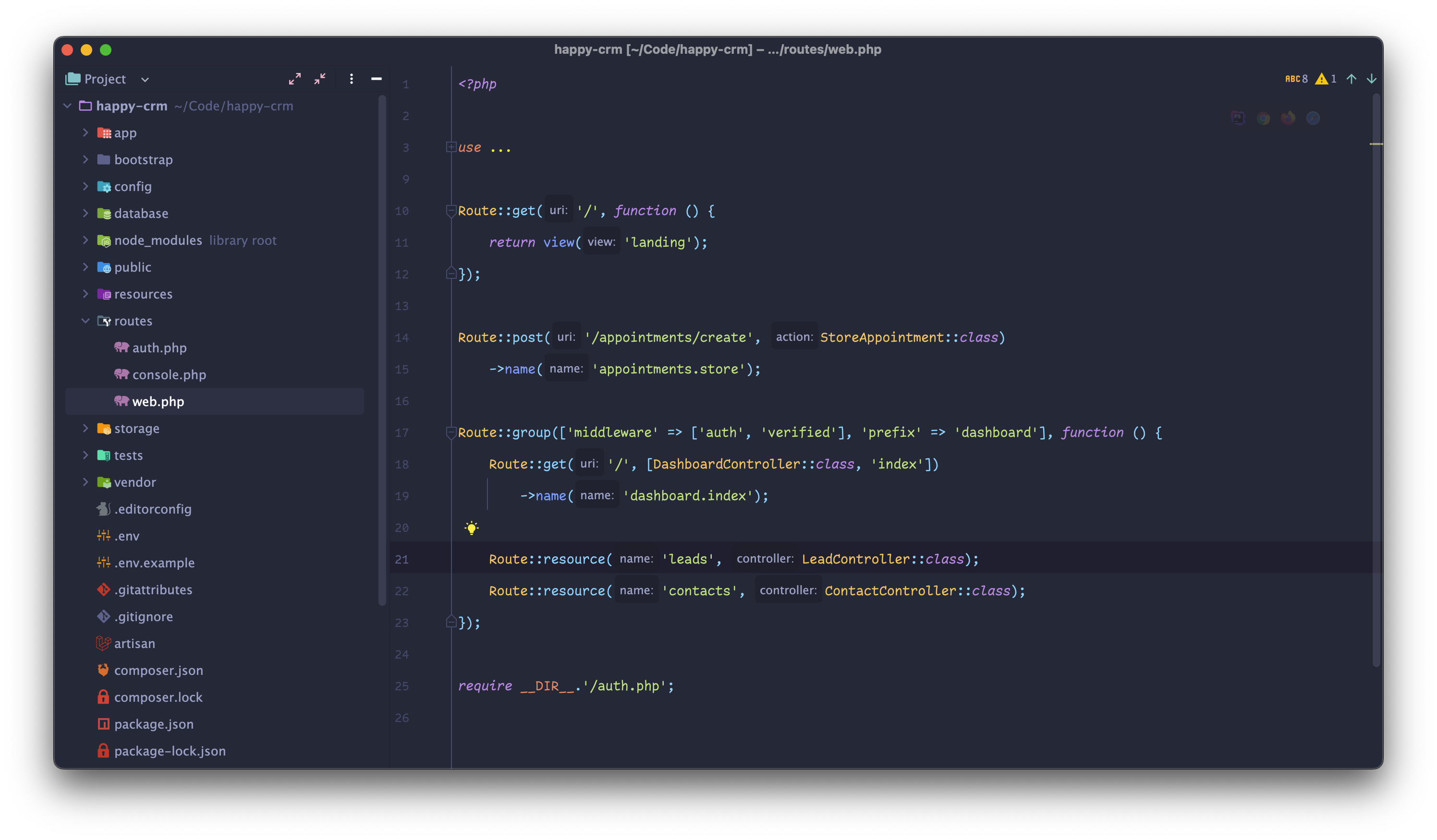Go from
idea
toapp
with the power of PHP and Laravel
Learn how to build a fully-functional SaaS application from scratch, using the Laravel PHP framework.
Includes authentication, payments, testing, deployment, and more.
One-time $59
*MRR not included 😉

You have an app idea,
but
now what?
It's time to start building! Expanding on your knowledge of the PHP language and ecosystem, this course will hopefully give you the confidence to bring your ideas to life.
We'll cover topics like:
- Planning and building practical applications
- Adding one-time or subscription payments
- Handling concurrency with queue workers
- Deploying and scaling your application
- Managing framework and language updates
-
Developers
You have experience coding, and have a desire to build your own full-stack project.
-
Entrepreneurs
You have an idea that you want to bring to life, and some knowledge of web development.
-
Industry Folks
You have expertise in a particular field, and want to build an application to fit your needs.
